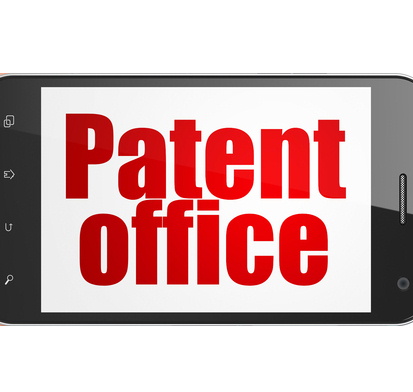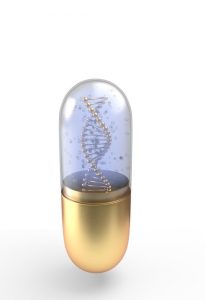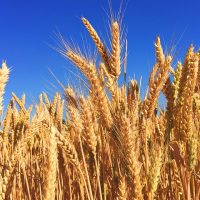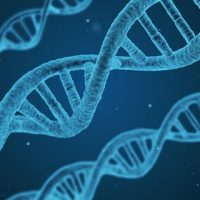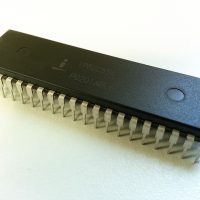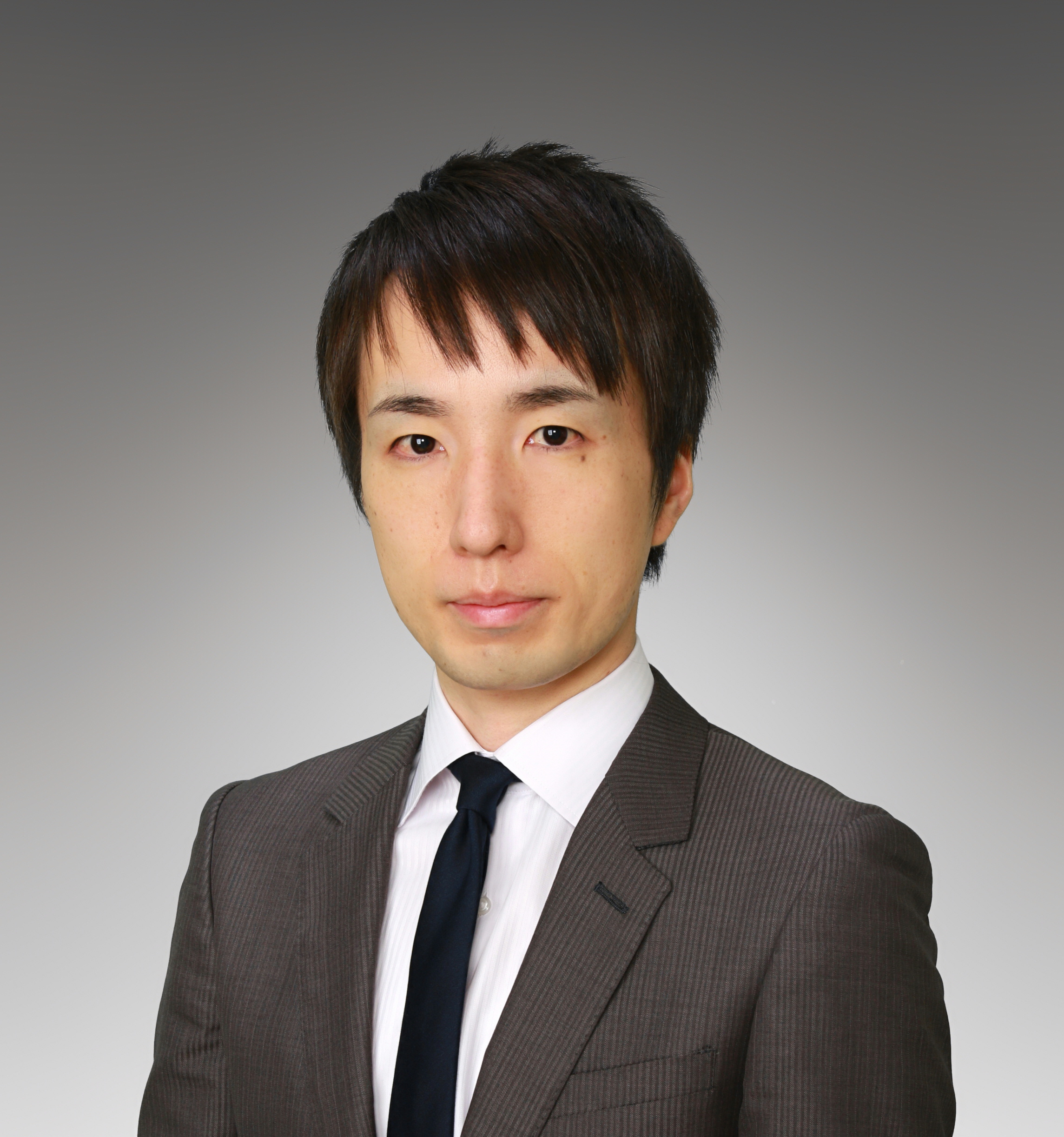In Japan, a patent examiner does not allow a claim on a method of treating/diagnosing a disease in a human. Thus, an applicant should modify claims in order to conform Japanese patent practice if claims contain such method. Examples of claims are shown below.
1. A method of treating a malignant tumor comprising administering to a patient compound X.
(化合物Xを患者に投与する工程を含む、悪性腫瘍の治療方法。)
2. Use of compound X in the manufacture of a medicament for the treatment of a malignant tumor.
(悪性腫瘍の治療薬の製造における、化合物Xの使用。)
3. A pharmaceutical composition for treating a malignant tumor, comprising compound X.
(化合物Xを含む、悪性腫瘍の治療用医薬組成物。)
4. A pharmaceutical composition for use in the treatment of a malignant tumor, comprising compound X.
(化合物Xを含む、悪性腫瘍の治療に使用するための医薬組成物。)
5. Compound X for use in the treatment of a malignant tumor.
(悪性腫瘍の治療に使用するための、化合物X。)
| Claims | Analysis | |
|---|---|---|
| 1 | Bad | Claim 1 includes a treatment method to a human. Thus, this claim does not meet the requirements of industrial applicability*1 under Article 29*2 (1) main paragraph of the Japanese Patent Law. |
| 2 | Good | Claim 2 is directed to a Use of compound X in the "manufacture". This claim meets the requirements of the industrial applicability. |
| 3 | Good | Claim 3 is directed to a composition. This claim meets the requirements of the industrial applicability. |
| 4 | Good | Claim 4 is directed to a composition. This claim meets the requirements of the industrial applicability. |
| 5 | Substantially Bad | Claim 5 is directed to a compound. This claim meets the requirements of the industrial applicability. However, an examiner interprets that Claim 5 is directed to a compound itself without limitation of medical use. Thus, the limitation of medical use does not contribute to patentability (novelty and inventive step). |
※1 Examination guidelines regarding eligibility for patent and industrial applicability are described on another page (Link).
※2 Article 29
(1) An inventor of an invention that is industrially applicable may be entitled to obtain a patent for the said invention, except for the following:
(i) inventions that were publicly known in Japan or a foreign country, prior to the filing of the patent application;
(ii) inventions that were publicly worked in Japan or a foreign country, prior to the filing of the patent application; or
(iii) inventions that were described in a distributed publication, or inventions that were made publicly available through an electric telecommunication line in Japan or a foreign country, prior to the filing of the patent application.
(2) Where, prior to the filing of the patent application, a person ordinarily skilled in the art of the invention would have been able to easily make the invention based on an invention prescribed in any of the items of the preceding paragraph, a patent shall not be granted for such an invention notwithstanding the preceding paragraph.
(1) An inventor of an invention that is industrially applicable may be entitled to obtain a patent for the said invention, except for the following:
(i) inventions that were publicly known in Japan or a foreign country, prior to the filing of the patent application;
(ii) inventions that were publicly worked in Japan or a foreign country, prior to the filing of the patent application; or
(iii) inventions that were described in a distributed publication, or inventions that were made publicly available through an electric telecommunication line in Japan or a foreign country, prior to the filing of the patent application.
(2) Where, prior to the filing of the patent application, a person ordinarily skilled in the art of the invention would have been able to easily make the invention based on an invention prescribed in any of the items of the preceding paragraph, a patent shall not be granted for such an invention notwithstanding the preceding paragraph.

